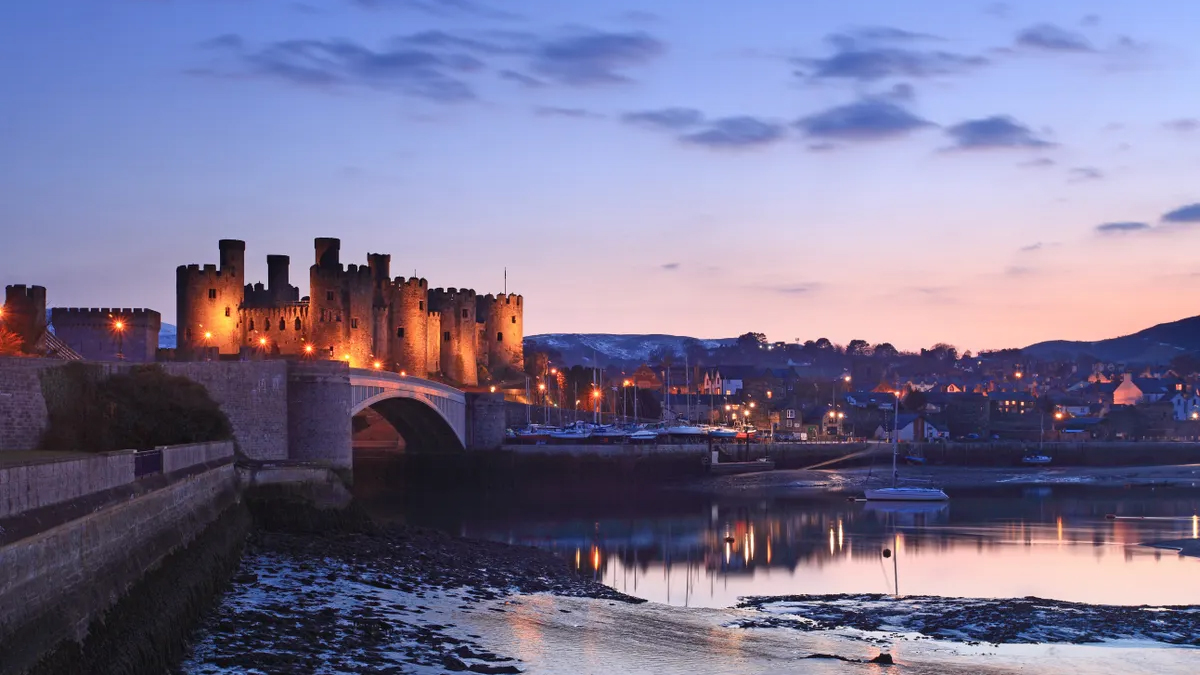
The Norman invasion of England in 1066 ushered in the era of stone castles. Now, the UK is home to over 1,000 stone castles. Today, you can find everything from complete buildings with restored interiors to crumbling, moss-covered ruins. For the photographer, there’s a wealth of opportunities here, from capturing castles within the landscape itself, ornate interiors and even re-enactment events.
I like to shoot at around 28mm so the best wide-angle lens is a good place to start if you have unfettered access to the site, but sometimes it’s a case of having one place to shoot from and needing to zoom in to compose the scene effectively. One of the best standard zooms will serve you well here, I often pack my 28-70mm.
If you’re shooting in aperture priority then keep an eye on the shutter speed. There might well be enough light during the day to shoot handheld, especially if using one of the best low-light cameras or top-notch image stabilization, but as it gets late into the day, heading towards sunset or dusk, a tripod is usually the order of the day.
But kit isn't the be-all and end-all. Here are my top tips for photographing castles...
Castle compositions
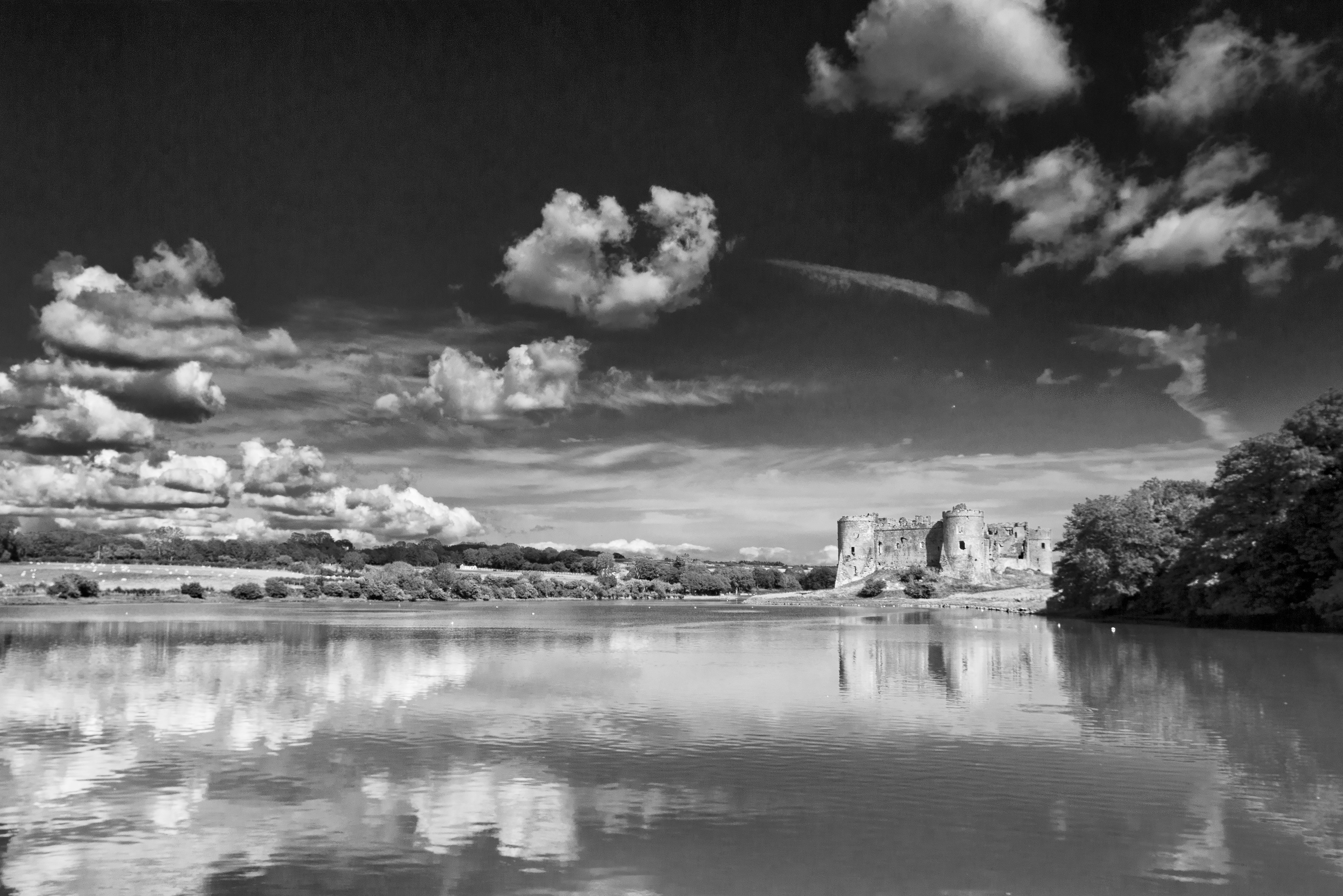
The best way to approach the subject is to place the castle within the context of the landscape it was defending. When shooting in landscape orientation, classic composition rules are a good place to start. A castle will usually be on the highest piece of land in the area, making it easier to use the rule of thirds to place the horizon on either the bottom-third horizontal line or, if there is interesting content in the foreground, on the top-third horizontal line. Make sure you line the castle up with the left or right vertical third to place it on a key focal point.
With plenty going on in the scene you’ll want as much depth of field as possible, so an aperture of f/16 or f/22, and then focus at the hyperfocal distance for the lens at that aperture, or about a third of the way into the scene. If you’re shooting from a distance and have placed the horizon on the bottom third horizontal then the immediate foreground is likely to be excluded. In this case perhaps try apertures of f/8 or f/11 where the lens tends to give sharper results.
Where the choice of aperture and focus distance becomes much more crucial is when shooting a vertical composition with a lot of foreground detail, which leads up to the castle at the top of the image. Sometimes the castle was built to defend a town, which over the years has now grown up to surround the original fortification. In this case, access can be restricted so it’s just a case of composing the image with lines that lead through the image and making sure you’re not simply standing right in front of it, looking up.
Make the most of the ambient light
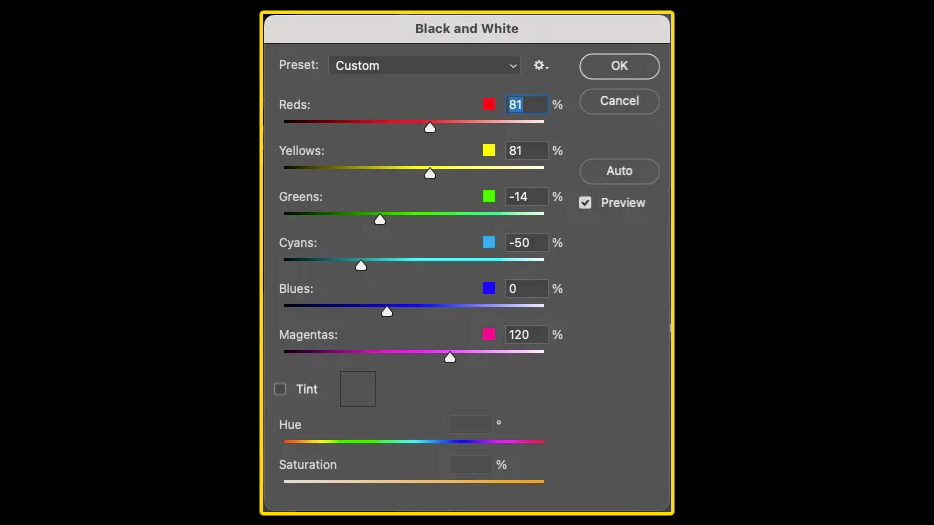
While early morning or late afternoon light is usually best to shoot stonework in, as you head towards sunset balancing the exposure becomes more problematic, with much more light in the sky than there is in the ground areas. One solution is to use exposure bracketing, so you are exposing for the sky and then for the ground, and combine the images later.
Another is if your camera has a HDR mode which can capture a greater tonal range than usual. The more traditional method is to use a graduated ND filter and line it up so it reduces the strength of the light in the sky. Something else to keep an eye on is the white balance. Late afternoon sun on stonework can give great results with warm hues, but the AWB might try to cancel this out. Shooting in RAW will give more leeway to correct or tweak this later, but a manual white balance of, say 4,500K should preserve those golden tones without turning everything too orange. Average colour temperature at midday is around 5,600K.
With most castles being open to visitors and tourists they often have artificial lighting to make them stand out once the sun sets. Where this really pays dividends is if the castle is situated overlooking water. Now you have the lovely blue tones in the sky and water, being offset by the yellow-orange glow of the artificial lighting on the castle, which then reflects into the water.
Photos at dusk will require a tripod as the exposure times now are likely to be in the order of seconds. It’s also worth experimenting with a circular polariser filter to maximize the reflections on the water but obviously this will make the exposure time even longer.
Capture castle interiors
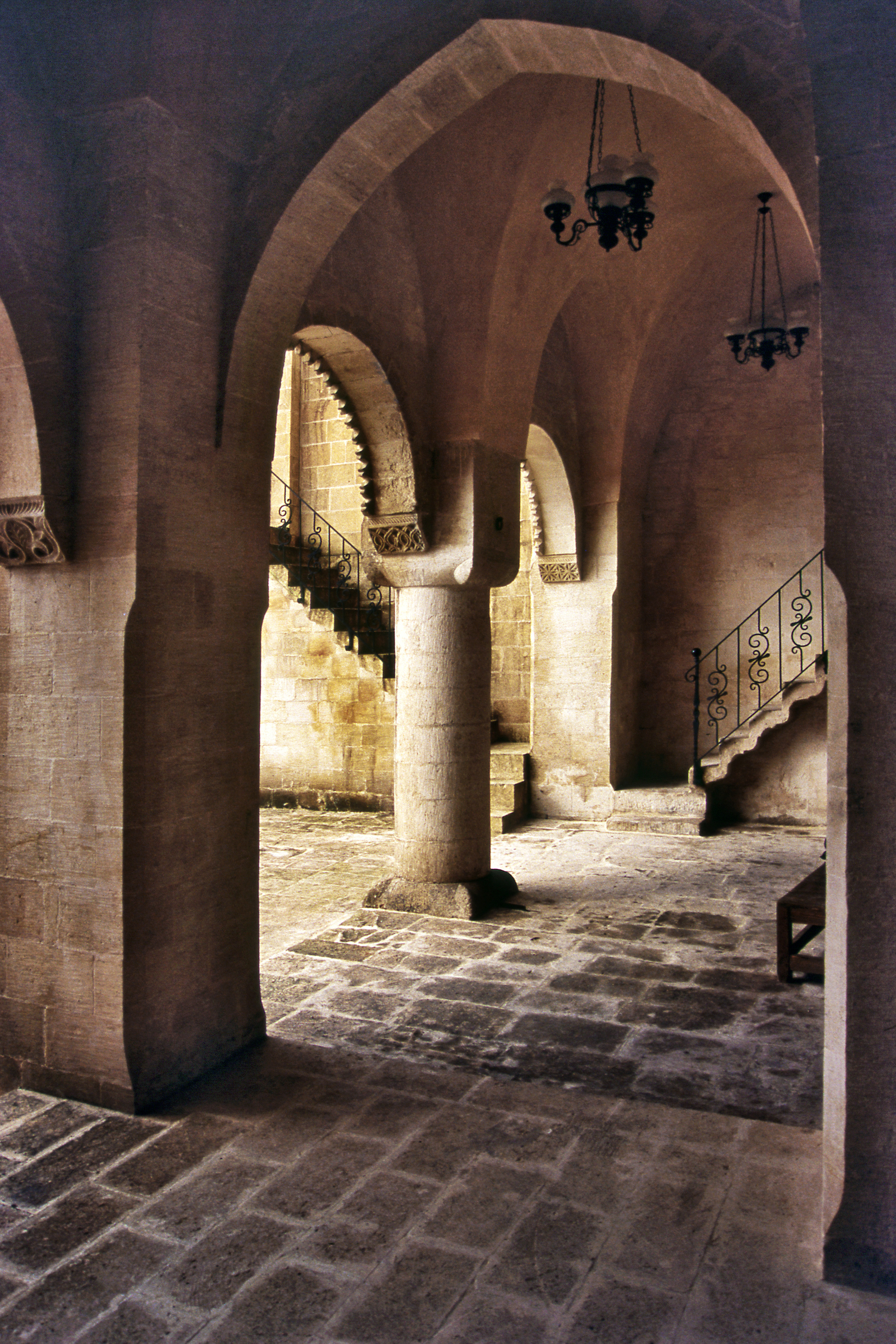
Once inside the castle a different set of challenges emerge, usually revolving around the lack of available light. Using the best tripod is often not an option and flash is generally prohibited as well. So, upping the ISO rating is the order of the day. You can just put this onto Auto ISO, but I prefer to tackle each scene on its own merits and only increase the ISO to the amount I really need to get the photo.
Inside, you’re normally shooting with a wide-angle lens, so there’s more depth-of-field anyway, and as long as you don’t include what’s right at your feet, there should be enough sharpness at most apertures. Any verticals nearby will be distorted, so try to keep away from any walls, unless you are deliberately emphasizing this by shooting upwards to show the scene bending away from the camera. The main issue is the shutter speed and what you can realistically shoot hand-held. The type of lens and camera will help, but this is your call.
Where the light really becomes a challenge is if you head for the dungeons, kitchens or storerooms. For areas that really lack any kind of set decoration, then it becomes an exercise in looking at shapes, lines and areas of light and dark. Even with a maximum ISO that you’re happy with, it’s still going to be tough so it’s worth looking for places you can rest the camera or support your hands, focus on the brightest parts of the scene so they are well-exposed, even if everything else is thrown into shadow.
Historical reenactment: Capture portraits and action
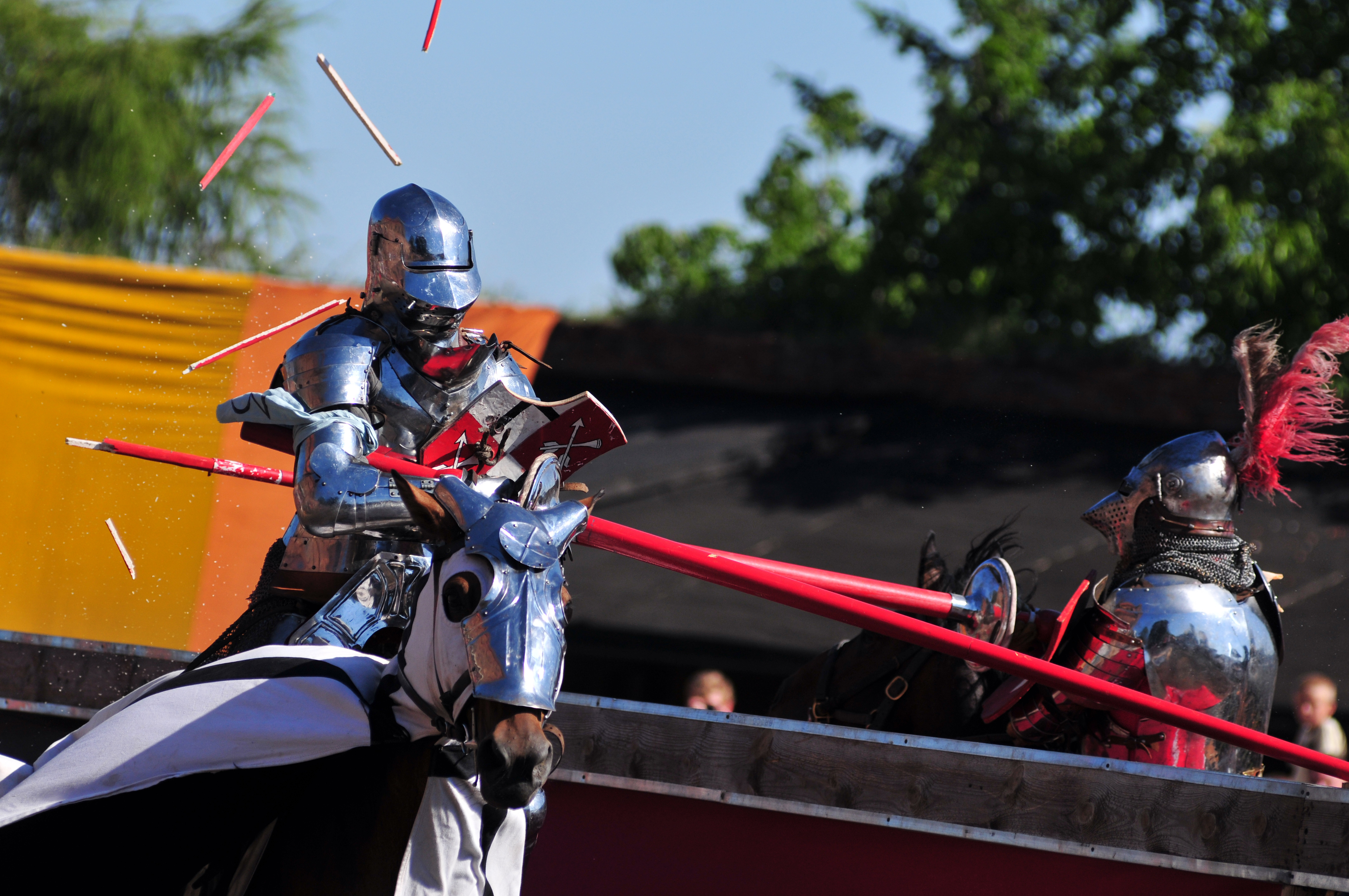
Jousting, cooking, crafts, falconry, people in suits of armor whacking each other until one emerges victorious, these are all things you can encounter if the castle owner is putting on a special event. While you might be there for a classic landscape shot don’t pass up the opportunity for additional captures. Here the subject can change to portraits, action shots, macro, so the techniques and lenses required are quite different.
The key is to plan ahead, know what is going to be happening while you are there and pack your gear for what additional photos you want to take. Looking for some portrait shots? Take your 50mm prime lens and open up the aperture. Want to capture jousting knights or warriors engaged in a fight to the (simulated) death? It’s time for the 200mm telephoto lens.
If you're going to shoot castles, you're going to need a wide-angle lens. Here are the best Canon wide-angle lenses, best Nikon wide-angle zoom lenses and the best Sony wide-angle lenses.







